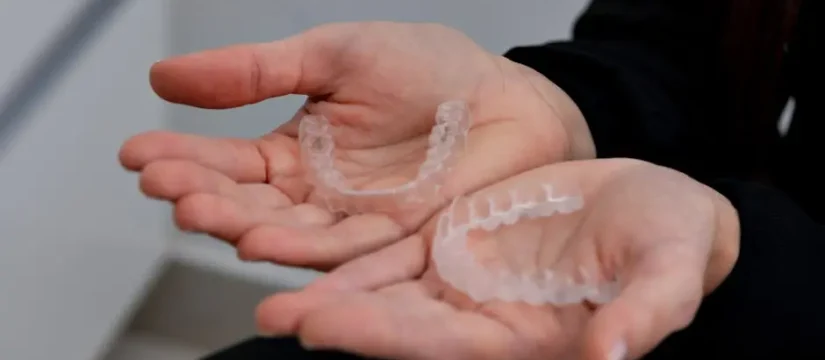
Invisalign has become a popular choice for those seeking orthodontic treatment. But many wonder, can it really correct all types of dental misalignment? In this FAQ, we will explore the capabilities of Invisalign and the types of misalignments it can address.
Understanding Dental Misalignment
Dental misalignment, also known as malocclusion, refers to teeth that are not positioned correctly. This can lead to various issues, such as difficulty chewing, jaw pain, and even speech problems. It’s important to understand that dental misalignment can occur in several ways, which can vary from person to person.
Factors contributing to malocclusion include genetics, early loss of baby teeth, thumb sucking, and even improper dental care. Each individual’s situation is unique, underscoring the importance of a personalized orthodontic approach. Recognizing how these factors contribute to misalignment can help inform your decisions about treatment options.
Notably, misalignment can manifest in several forms, including overbites, underbites, crossbites, and crowded teeth. Each type presents its own challenges, making it essential to understand the specifics of your alignment issues. This knowledge can empower you to seek the most effective treatment available.
Types of Misalignments Treated by Invisalign
Invisalign is designed to effectively address various forms of dental misalignment. For instance, mild to moderate overbites and underbites can be treated with clear aligners, which gradually shift the teeth into the desired position. This innovative system allows for an aesthetically pleasing treatment option that many patients prefer.
Additionally, Invisalign can address issues such as crossbites, where the upper and lower teeth do not correctly align when biting down. This misalignment can lead to uneven wear on teeth and jaw discomfort. With regular use of the aligners, patients may experience significant improvement in their bite, thus enhancing oral function.
Crowded teeth, another prevalent issue, can also be treated effectively with Invisalign. The clear aligners can incrementally create space between teeth, allowing them to shift into a more aligned position. This not only improves the appearance of your smile but can also contribute to better dental hygiene and overall oral health.
Invisalign is not just limited to these common issues; it can also address gaps between teeth, which may arise due to improper spacing. The versatility of Invisalign makes it a favored choice particularly among adults and teens seeking an unobtrusive treatment option.
Limitations of Invisalign
While Invisalign is a remarkable advancement in orthodontic treatment, it does have its limitations. For instance, severe cases of dental misalignment may require more traditional approaches, such as braces, to achieve optimal results. If a patient’s teeth are significantly rotated or if jaw alignment issues are present, a qualified orthodontist may recommend other strategies.
Moreover, compliance is crucial when using Invisalign. Patients must wear the aligners for at least 20-22 hours a day for the treatment to be effective. If not adhered to, the expected results can be delayed, resulting in prolonged treatment time. This factor makes it essential for patients to be committed and responsible.
Finally, while aligners are comfortable, some patients may experience discomfort during initial aligner changes. This discomfort is usually temporary, but it’s a noteworthy consideration for anyone thinking about starting their Invisalign journey.
Consultation with an Orthodontist
To determine if Invisalign is the right treatment for your specific misalignment, a consultation with a qualified orthodontist is crucial. They will assess your dental structure and misalignment, discussing the best treatment options available. This initial visit can help set clear expectations and develop a tailored plan.
During the consultation, the orthodontist can provide insights into your alignment issues and discuss how Invisalign aligns with your goals. They may suggest alternative or supplementary treatments if needed to achieve the best outcome. By actively engaging in this conversation, you can better understand the most effective path forward.
It’s also a great opportunity to ask any questions you may have about the treatment process, costs, and expected duration. By gathering as much information as possible, you can make informed choices about your oral health. It’s important to feel comfortable with your treatment plan to ensure a positive experience overall.
Final Thoughts on Invisalign and Dental Misalignment
In conclusion, while Invisalign is a versatile and effective treatment option for many types of dental misalignment, it may not be suitable for everyone. Consulting with a qualified orthodontist can help determine the best approach for your specific needs.
